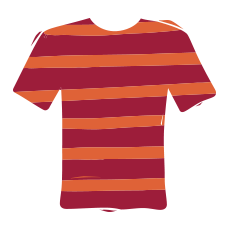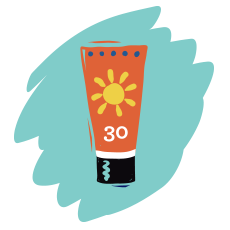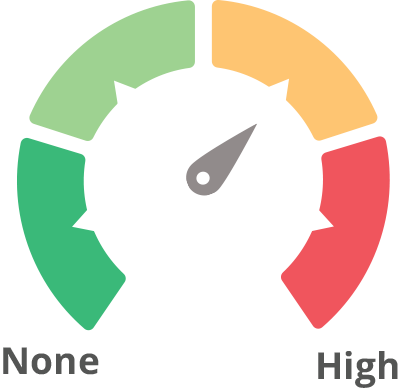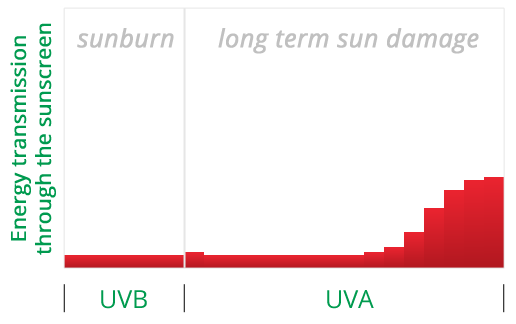

Please note that EWG obtains the displayed images of products from third parties and that the product's manufacturer or packager may change the product's packaging at any point in time. Therefore, EWG assumes no responsibility for the accuracy of images presented.
Close

EWG assumes no responsibility for the accuracy of images presented.
Sunscreens can break down while still in the bottle. To be safe dispose of products when the mixture clumps or separates.







Ingredients from label active ingredient: zinc oxide 18% inactive ingredient: water (aqua), caprylic capric triglycerides, C12-C15 alkyl benzoate, butyloctyl salicylate, polyglyceryl-2 dipolyhydroxystearate, glycerin, vp/eicosene copolymer, jojoba esters, macrocystis pyrifera (sea kelp) extract, tocopheryl acetate (vitamin E), ascorbic acid (vitamin C), cetyl peg/ppg-10/1 dimethicone, squalane, phenoxyethanol, benzoic acid, ethylhexylglycerin, glycereth-2 cocoate, polyhydroxystearic acid, sodium chloride, isostearic acid, hydroxyethylcellulose, sodium hyaluronate acid, triethoxycaprylylsilane, fragrance (parfum)
Concerns: Allergies/immunotoxicity (high), Endocrine disruption (moderate), Non-reproductive organ system toxicity (moderate), Ecotoxicology (low), Irritation (skin, eyes, or lungs) (moderate)
Concerns: Cancer (low), Developmental/reproductive toxicity (low), Use restrictions (high), Endocrine disruption (low), Irritation (skin, eyes, or lungs) (low)
Concerns: Allergies/immunotoxicity (low), Use restrictions (moderate), Non-reproductive organ system toxicity (moderate), Irritation (skin, eyes, or lungs) (high), Occupational hazards (high)
Concerns: Cancer (low), Allergies/immunotoxicity (moderate), Contamination concerns (HYDROQUINONE)
Concerns: Non-reproductive organ system toxicity (low), Contamination concerns (ETHYLENE OXIDE and 1,4-DIOXANE)
Concerns: Use restrictions (moderate), Non-reproductive organ system toxicity (low)
Concerns: Cancer (low), Allergies/immunotoxicity (moderate), Enhanced skin absorption, Use restrictions (moderate), Persistence and bioaccumulation (low), Non-reproductive organ system toxicity (low), Ecotoxicology (low), Occupational hazards (moderate), Biochemical or cellular level changes (high)
Concerns: Use restrictions (moderate)
Concerns: Allergies/immunotoxicity (low), Non-reproductive organ system toxicity (moderate), Ecotoxicology (low), Irritation (skin, eyes, or lungs) (high)
Concerns: Allergies/immunotoxicity (low), Irritation (skin, eyes, or lungs) (low)
Concerns: Endocrine disruption (low)
Concerns: Allergies/immunotoxicity (low), Enhanced skin absorption, Endocrine disruption (low), Irritation (skin, eyes, or lungs) (low)






UVA/UVB Balance

EWG's estimate of the UV protection provided by this product. An ideal sunscreen filters UVA and UVB rays evenly, but some sunscreens let too many UVA rays through.
Close